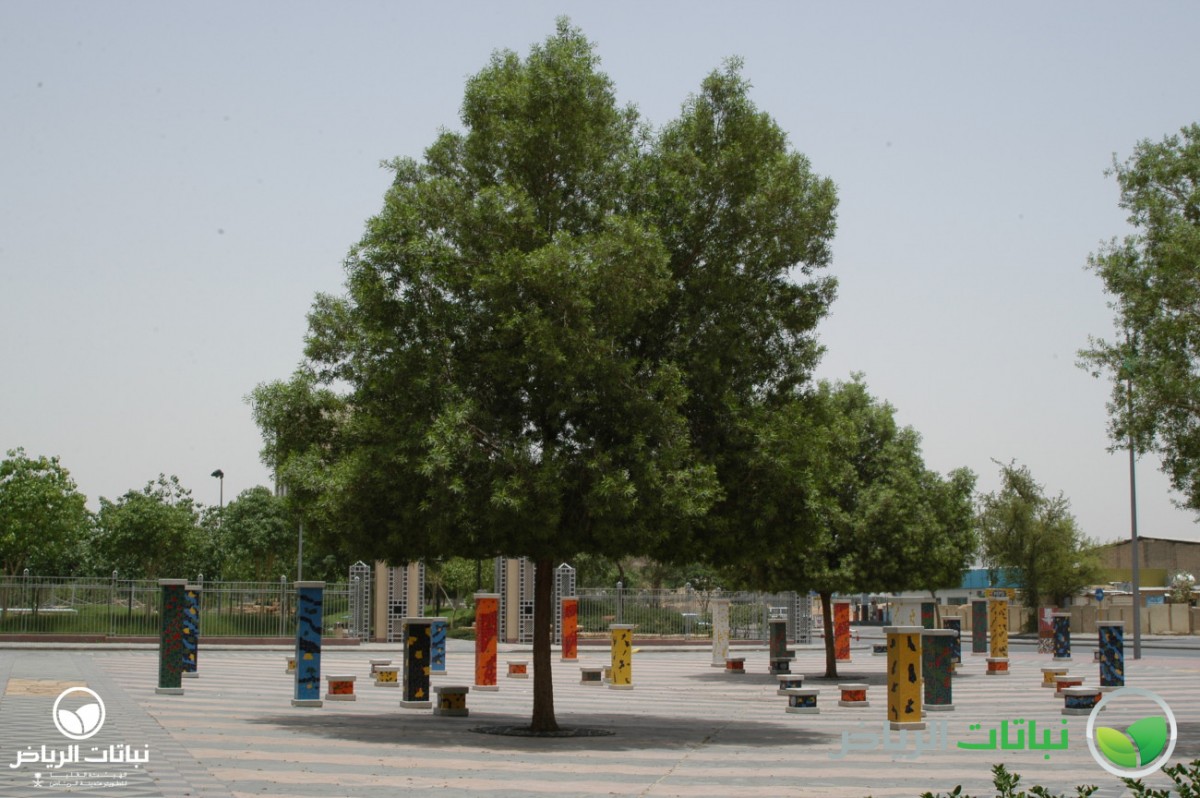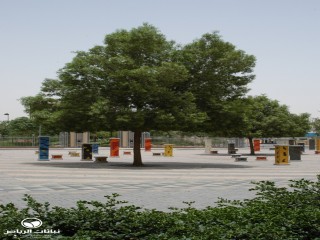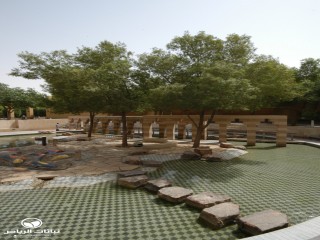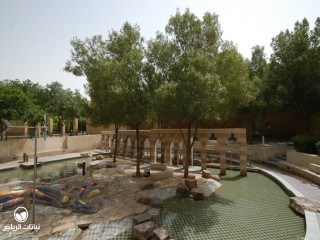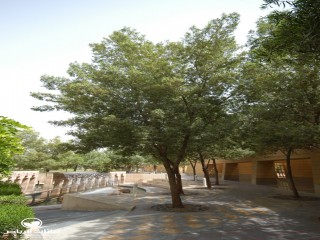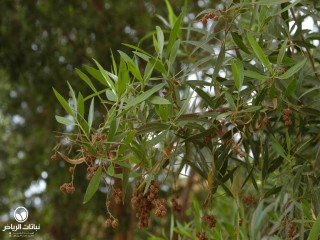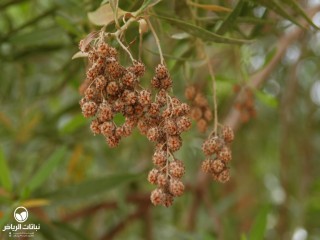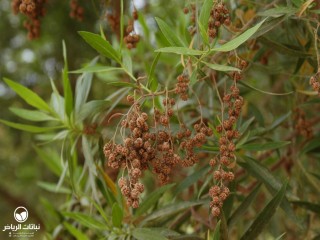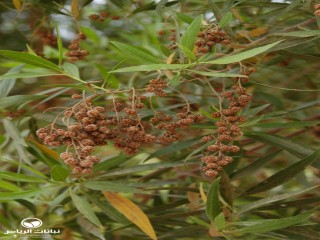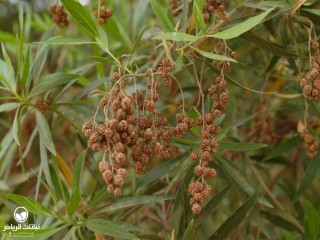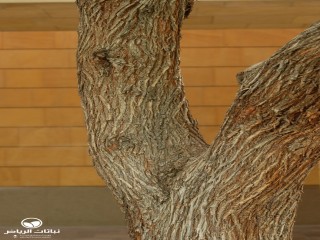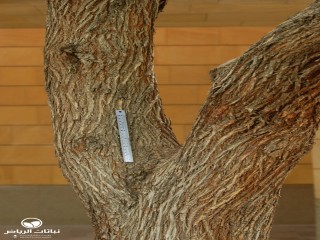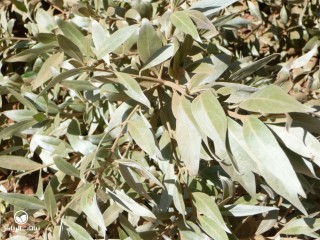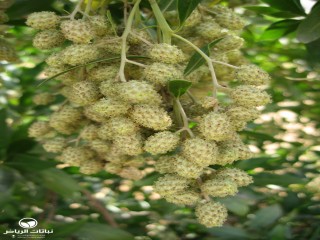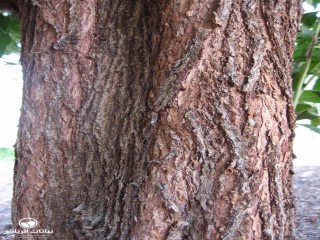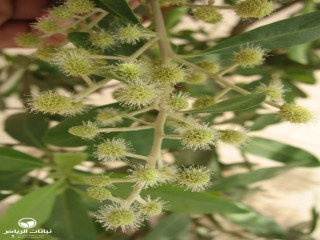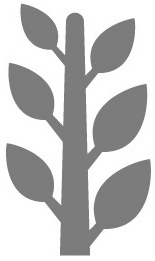Riyadh Plants
Button Mangrove
There is some confusion about the botanical name of this less common relative of C. erectus, and it has also been referred to as C. lanceolatus, C. latifolia and Anogeissus latifolius. C. lancifolius has a more open habit than C. erectus, and its leaves are longer, narrower and grey, rather than lush green. Native to coastal and riverine areas of eastern Africa and Yemen, it is to be found all over the Arabian peninsula, although it is not often seen in Arriyadh. The smell of the fluffy yellow-green flowers in spring and autumn is unpleasant to some people, especially at nighttime, in winter and when damp after rainfall. The tree’s wood is dense and suitable for charcoal: goats browse on the young leaves. It is highly salt- and drought-tolerant, and planted in afforestation projects. The C. lancifolius tree also plays a role in remediating heavy metal and oil-contaminated soil. It makes an attractive specimen tree and has all of the properties attributed to C. erectus. Silver buttonwood (C. erectus var. sericeus) is a variety that usually grows as a low-branching shrub; under ideal conditions, it will become an attractive tree up to 15 m tall with a spread of 6 metres. The evergreen leaves are oblong to lance-shaped, up to 10 cm long and covered with silky hairs, which gives a beautiful silver-grey colour which sparkles in the sun. It has great ornamental value, and deserves to be seen more often in Arriyadh.
